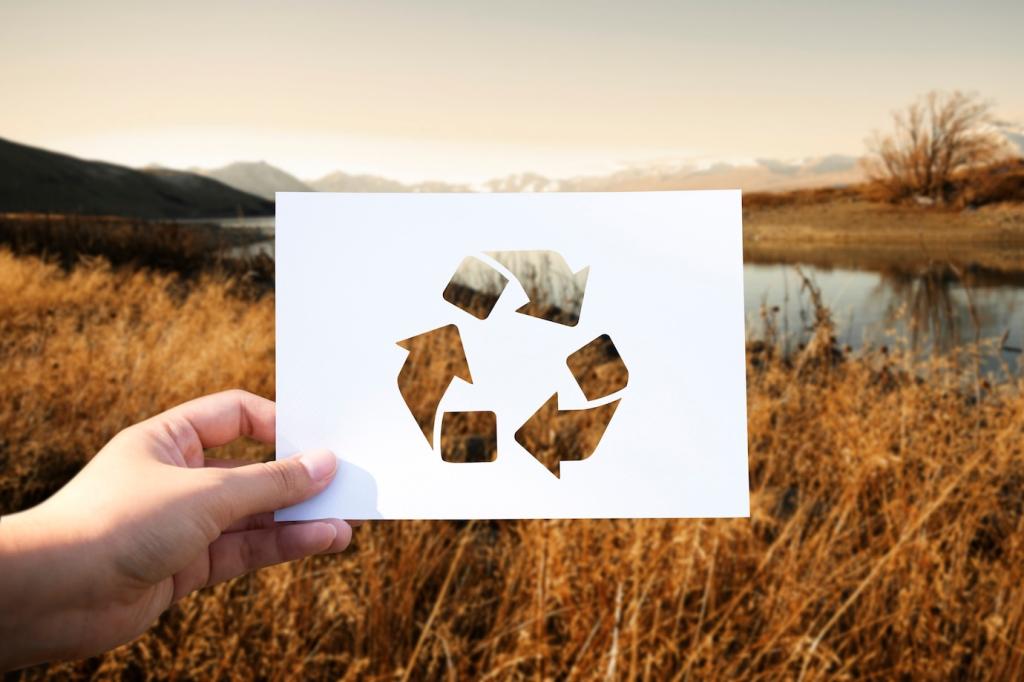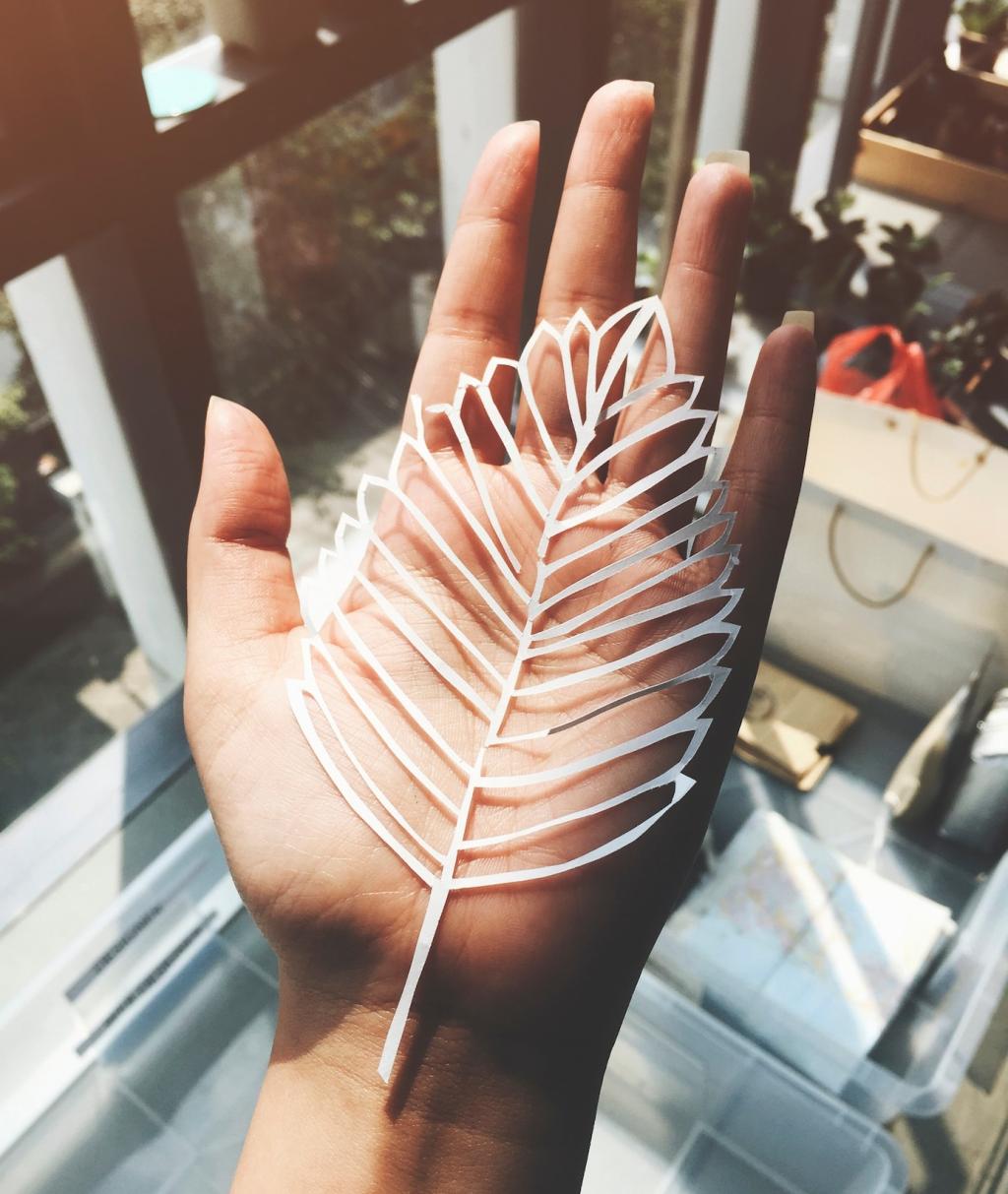Sourcing Sustainably and Ethically
Seek beeswax from small apiaries practicing pollinator-friendly methods, or select carnauba certified for responsible harvesting. Choose tung or polymerized linseed from reputable producers. Transparency reports and batch testing indicate brands that treat people and landscapes well.
Sourcing Sustainably and Ethically
Prefer metal tins, glass jars, and bulk refills over single-use plastic. Save cloth scraps for polishing pads and wash them for reuse. Post your best container hacks and help someone else cut waste without sacrificing function or aesthetics.








